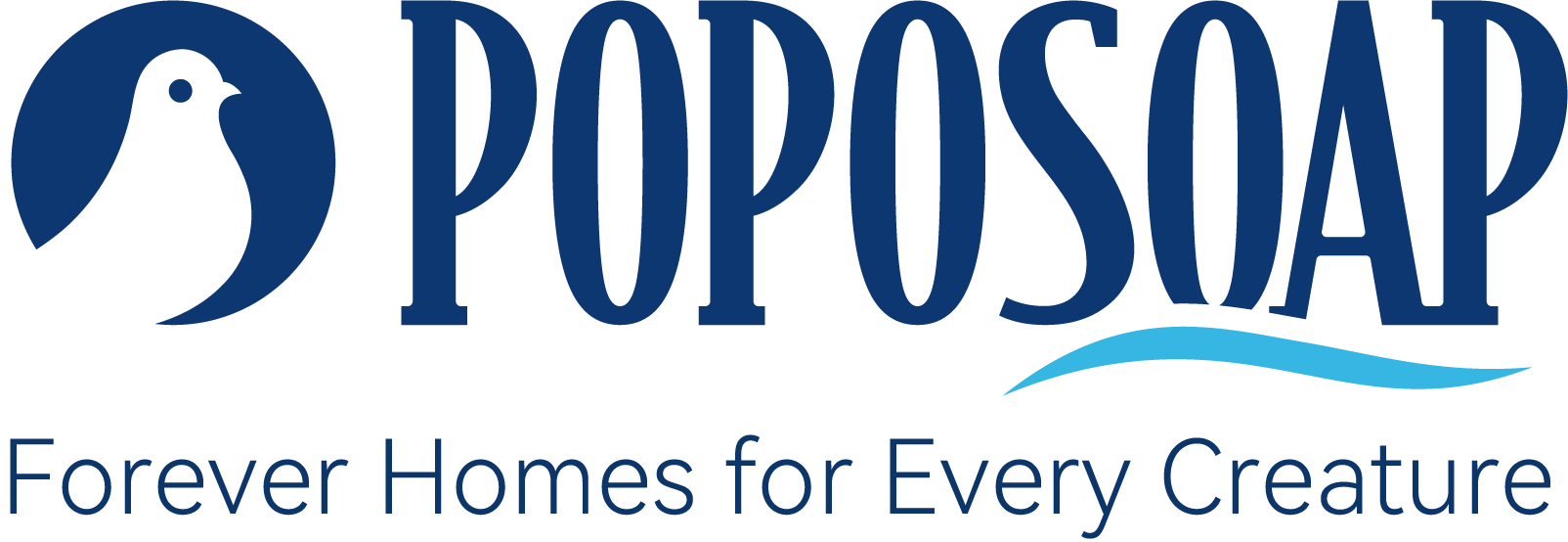
It is hard to keep the ecosystem balanced in a pond when overpopulation starts to weigh in on one side. Overpopulation is usually accompanied by less oxygen, greater competition for survival, and may lead to serious health consequences for both water and plant life. In this article, we will discuss how overpopulation can be managed and mitigated using some effective techniques that will make your pond continue to be in balance and full of life. You will learn how to restore and preserve the delicate balance of your aquatic ecosystem through proactive measures and targeted interventions.
Understanding Pond Overpopulation
From a pristine, eye-catching pond-one that could even be the jewel in the crown of any estate, affording views and habitation to several different aquatic life-to an unsightly, turbid mass, this can change into overpopulation with certain species breeding out of control or ideal environmental conditions facilitating uncontrolled growth. Overpopulation upsets the balance in a pond and, not uncommonly, is correlated with reduced water quality, diseases, and even aesthetics. Early recognition and immediate intervention are the keys to maintaining a healthy pond ecosystem.
Signs that a Pond is Overcrowded

1. Poor Water Quality
Too many fishes or aquatic life can create very high levels of ammonia, nitrites, and nitrates. This can show up as cloudy water, unpleasant odors, or even toxic algae blooms.
2. Poor Growth of Fish
Overcrowding forces fish to compete for the limited food and oxygen in the pond. Fish that should be larger in size remain undersized. If your fish are considerably smaller than typical for their age, this is a good sign that overpopulation is occurring.
3.Increased Disease and Parasites
Overcrowding allows for the quicker and easier spread of illnesses and parasites. Watch for your fish flashing (rubbing against rocks), showing lesions, or acting lethargic-this usually indicates that a tank is overstocked.
4.Oxygen Starvation
The more fish in a tank, the more oxygen consumed. Waste breaking down and nighttime algae activity can further deplete dissolved oxygen, which causes your fish to be seen gasping at the surface-mostly during early morning hours.
Reasons for Overpopulation
1.Over-Stocking
It is easy to underestimate the growth of fish, mainly larger species, such as koi and goldfish. The failure to practice restrained stocking might overpopulate a pond sooner rather than later.
2.Excessive Breeding
Some fish breed prolifically under optimum conditions. These numbers can increase exponentially without natural or artificial predators.
3.Nutrient-Rich Runoff
The fertilizers and lawn chemicals run into the pond, giving more nutrients for algae or plants to grow on. This thick vegetation would, in turn, protect the small fish from being consumed, thereby encouraging them to procreate without restraint.
4.Inadequate Predators
In the wild, predators prey on smaller fish to control their numbers. The ornamental pond usually does not have herons, raccoons, or larger predatory fish that would serve as a balancing force.
How Can Overpopulation Be Addressed in a Pond? Practical Solutions
1.Remove Excess Fish
The easiest solution for overstocking is the straightforward reduction of fish stock. You can give healthy fish to local aquarium clubs for re-homing, or you can pass these onto friends who have room for them.
2.Enhance Filtration and Aeration
A proper filtration system must possess both mechanical and biological filtration ability to manage waste produced efficiently. Besides, aeration via fountains, waterfalls, or diffusers will provide adequate oxygen for all the inhabitants.
3.Add Plants and Scavengers
Aquatic plants like water lilies, hornwort, or water hyacinth remove additional nutrients from the water that will inhibit algae growth and help to keep the water clear. Snails or some species of shrimp can contribute to the organic matter decomposition load off your filters.
4.Introduce Natural Predators-if possible
In larger ponds, predator fish such as bass can be used to control populations of smaller, prolific breeders. Always check local regulations and ensure that your chosen predator won't harm native wildlife.
How to Avoid Overpopulation in the Future
1.Stock Wisely
Research the adult size and breeding habits of fish before adding them to your tank. Stock only at recommended densities and keep in mind your fish may get larger than initially anticipated.
2.Regular Water Testing
Regularly test the water for ammonia, nitrite, nitrate, pH and dissolved oxygen. In this way you should be able to detect an increasing waste or declining oxygen supply and take corrective measures before over-population gets completely out of control.
3.Control Spawning
Monitor fish fry and spawning behavior. If reproduction is frequent remove juveniles or limit areas of dense cover to help your pond self-regulate its reproductive cycle.
4. Keep Filter Maintenance Current
As the population of fish in your pond grows, so should your filtration system. If you feel like you are constantly doing maintenance and yet always seem to be having water-quality issues, then it may be time for a larger filter.
Enhancing Pond Health with POPOSOAP Products

While controlling fish populations is vital, maintaining clean, stable water is equally important. POPOSOAP offers eco-friendly products designed to keep your pond’s ecosystem in top condition:
By incorporating POPOSOAP into your routine, you’ll enjoy a safer, cleaner environment that supports balanced fish populations and vibrant aquatic life.
Achieving a Balanced Pond Ecosystem
Overpopulation in a pond often starts innocently enough but rapidly spirals out of control, leading to poor water quality, disease outbreaks, and fish mortality. By recognizing some of the early signs-cloudy water, stunted fish, and low oxygen levels-you can act in time. Whether you remove excess fish, upgrade filtration, or add natural predators, your goal is to create a stable environment where every organism thrives.
By intelligently planning your stocking of fish, continuously monitoring the water parameters, and following good prevention techniques, you will have a clear, active pond adding value to your outdoors. Let POPOSOAP products ensure good water quality and keep your water feature a place of peace in all seasons for fish as much as for human beings.







